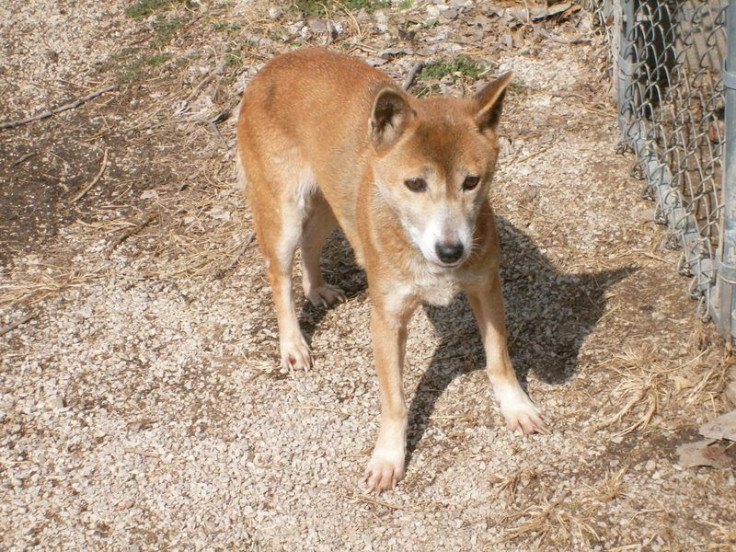Ancient 'Singing' Dogs Thought Extinct In The Wild For 50 Years Actually Thriving

KEY POINTS
- New Guinea singing dogs are an ancient breed of dogs
- The species has not been seen in the wild since the 1970's
- Researchers found that another dog breed has a similar genome sequence as the singing dogs
- The other dog breed is possibly the original and wild New Guinea singing dogs
- The find offers a unique chance for the conservation of the species
A rare dog breed that was thought to be extinct in the wild for the last 50 years could actually be thriving. This could mean good news for the conservation of the species.
There is a unique breed of "singing dogs" that look like regular dogs but are actually very unique. Called New Guinea singing dogs, they are known for their characteristic vocalization that makes them sound as though they are singing or yodeling.
First studied in 1897, New Guinea singing dogs have not been seen in the wild since the 1970s and, there are only 200 to 300 members of the species in conservation centers. But these conservation dogs are considered inbred from many years of having them breed with each other.
"The New Guinea singing dog that we know of today is a breed that was basically created by people," study senior author Elaine Ostrander, Ph.D. said in a news release from the National Institutes of Health's (NIH) National Human Genome Research Institute. "Eight were brought to the United States from the Highlands of New Guinea and bred with each other to create this group."
Another ancient dog breed, the Highland Wild Dog, is even older than New Guinea singing dogs and has even been hypothesized to be the latter's predecessor. However, this has been difficult to prove because of the lack of Highland Wild Dog genome data owing to their reclusive nature.
In 2016, researchers spotted 15 of these Highland Wild Dogs during an expedition to Papua, Indonesia and two years later they were able to collect blood samples from the creatures in their natural habitat.
"We found that New Guinea singing dogs and the Highland Wild Dogs have very similar genome sequences, much closer to each other than to any other canid known," study co-author Heidi Parker, Ph.D. said. "In the tree of life, this makes them much more related to each other than modern breeds such as German shepherd or bassett hound."
According to the researchers, the only reason why there are slight differences in the two species' genomes is likely because of the years of separation and inbreeding among the captive New Guinea singing dogs. But really, they are, in essence, just the same breed and the Highland Wild Dogs are actually the wild and original New Guinea singing dogs.
In other words, the species that was thought to have been lost in the wild for the last 50 years was actually thriving. This not only sheds light into the mystery of New Guinea singing dogs' origin but opens up new avenues in the conservation of the species.
The hope now is to generate a "true" population of the species through breeding the Highland Wild Dogs with the New Guinea singing dogs.
"By getting to know these ancient, proto-dogs more, we will learn new facts about modern dog breeds and the history of dog domestication," Dr. Ostrander said.
The study is published in Proceedings of the National Academy of Sciences.
© Copyright IBTimes 2025. All rights reserved.






















